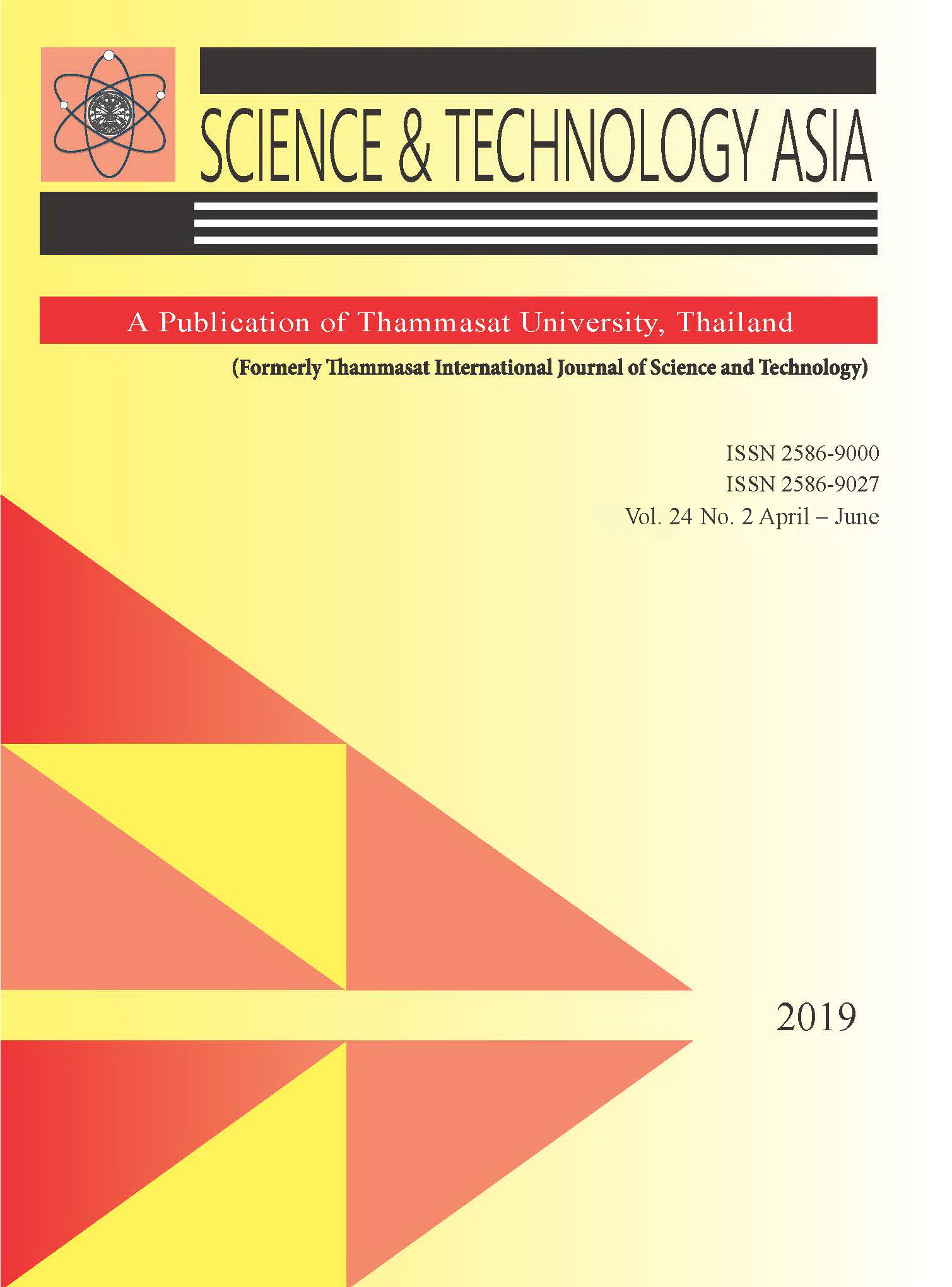Intron Length Polymorphism in Candidate Genes for Secondary Growth and its Application in Diversity Assessment of Amazonian Accessions of Hevea brasiliensis
Keywords:
Intron length polymorphism, Secondary growth, Girth, Rubber tree, DiversityAbstract
Gene-specific markers are important tools in genetic analysis, allowing direct estimation of functional diversity. The goal of this study was to develop intron length polymorphism (ILP) markers from candidate genes associated with the secondary growth related traits that underpin the economics of rubber tree cultivation. We performed a BLAST analysis of Eucalyptus spp. expressed sequence tag (EST) sequences for 23 candidate genes involved in secondary growth. From the total 142 shotgun contig hits, 531 introns were identified and 23 polymorphic ILP markers representing 23 candidate genes were selected for diversity assessment of 170 Amazonian accessions. The markers yielded 140 alleles with an average of 6.1 alleles per locus. Polymorphism information content (PIC) values ranged from 0.40 to 0.89, with an average of 0.64, indicating a high level of polymorphism in the markers. Analyses of population structure confirmed that the Amazonian accessions fell into two subpopulations grouped by catchment area, supporting previous reports. Among the 23 ILP markers analyzed, 11 revealed private alleles across Amazonian populations. The ILP markers developed in this study provide an immediate resource for the study of genetic diversity and establishment of marker-trait association for secondary growth traits in rubber trees.








